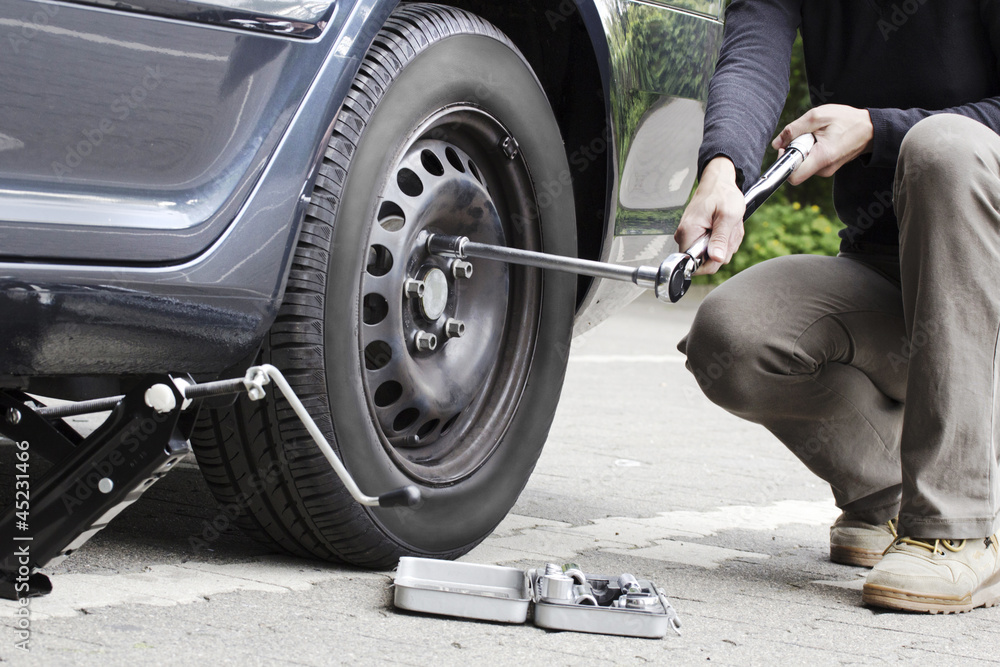
Flat tires are one of the most common roadside emergencies drivers face. Whether you’re on a busy Texas highway or navigating a more remote area, knowing how to change a flat tire can save you time, money, and frustration. While it’s always an option to call for roadside assistance, learning how to change a tire yourself is a valuable skill that can keep you safe, especially if you’re in an area with limited access to help.
In this guide, we’ll walk you through the essential steps for changing a flat tire in Texas, provide safety tips, and offer advice on how to prevent future tire issues. With the right tools and a little know-how, you can confidently handle a flat tire and get back on the road in no time.
Before you even think about changing a flat tire, make sure you have the right tools. Every car should come equipped with a spare tire, jack, and lug wrench, but it’s important to ensure that these tools are in good working condition. Here’s what you’ll need:
Having these tools on hand will make the process smoother and safer.
While changing a flat tire is straightforward, there are a few key safety tips to keep in mind:
Once you’ve changed your flat tire, it’s essential to prevent future tire issues. Here are some tips:
Knowing how to change a flat tire is an essential skill for any driver, especially in a large state like Texas where roadside assistance may not always be readily available. By following the steps outlined in this guide, you can safely and efficiently change a flat tire and get back on the road in no time. Regular maintenance and tire checks can also help you avoid future issues and ensure your car stays in top condition.
